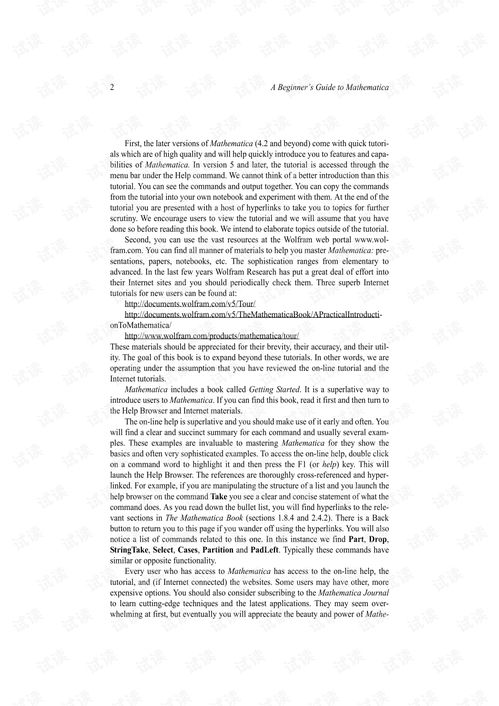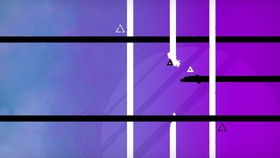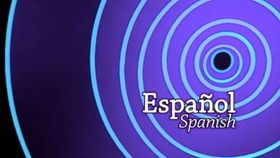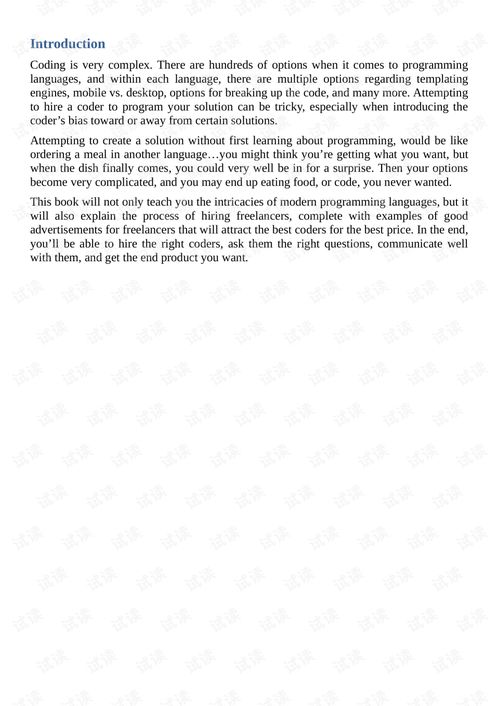Fishing in Waste Ponds: Essential Techniques for Success
Waste ponds, often overlooked by anglers, can be a treasure trove of fishing opportunities. These bodies of water, typically found near industrial or agricultural sites, may seem unappealing at first glance. However, with the right approach and some essential techniques, waste ponds can yield impressive catches. In this article, we will delve into the art of fishing in waste ponds, offering you valuable insights and tips to help you master this unique fishing experience.
Understanding Waste Ponds
Before we dive into the fishing techniques, it's important to understand the nature of waste ponds. These ponds are often filled with water from industrial processes or agricultural runoff, which can contain a variety of substances. This environment can be challenging for fish, but it also creates unique conditions that can attract certain species.
One of the key factors to consider is the water quality. Waste ponds can have varying levels of pollution, which can affect the types of fish that thrive there. Some common species found in waste ponds include carp, catfish, and tilapia. These fish are generally more tolerant of poor water quality and can survive in environments that would be inhospitable to more delicate species.
Preparation is Key
Before setting out to fish in a waste pond, proper preparation is crucial. Here are some steps to ensure you're ready for a successful fishing trip:
Research the Pond: Learn about the specific waste pond you plan to fish. Find out if it's privately owned or public, and if there are any fishing regulations or restrictions in place.
Check the Weather: Poor weather conditions can make fishing in a waste pond difficult. Plan your trip for a day with favorable weather to maximize your chances of catching fish.
Gather the Right Gear: Bring along the appropriate fishing equipment. For waste ponds, a medium to heavy-duty rod and reel combination is often recommended due to the potential for larger fish. Use a variety of baits and lures to see what works best.
Understand the Environment: Familiarize yourself with the layout of the pond. Look for areas with different depths, structure, and vegetation, as these can be prime spots for fish.
Fishing Techniques for Waste Ponds
Once you're prepared and at the pond, here are some fishing techniques to try:
Bottom Baiting: This is a classic technique for catching fish in waste ponds. Use a heavy sinker to get your bait down to the bottom. Common baits include bread, corn, or worms. Keep in mind that the bottom of a waste pond can be uneven and littered with debris, so be prepared for a bit of a challenge when reeling in your catch.
Surface Baiting: If the water is calm and there's a lot of vegetation, surface baiting can be effective. Use floating baits like bread or dough to attract fish that are feeding near the surface.
Lure Fishing: Cast artificial lures into the pond to mimic the movement of natural prey. Topwater lures can be particularly effective in waste ponds, as they can trigger strikes from fish that are active and feeding.
Still Fishing: In some cases, simply casting your line and letting it sit can be the most effective technique. Fish in waste ponds may be more cautious, so a slow and steady approach can pay off.
Adjusting to the Conditions: Be prepared to adapt your technique based on the conditions. If the water is murky, use darker colored baits and lures. If the fish are active, try faster retrieves or more aggressive presentations.
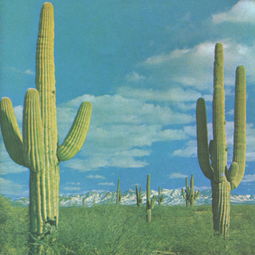
Safety and Etiquette
When fishing in waste ponds, it's important to prioritize safety and adhere to good fishing etiquette:
Stay Safe: Wear appropriate attire and footwear, and be cautious of slippery surfaces around the pond.
Respect the Environment: Keep your impact on the environment minimal. Dispose of trash properly and avoid disturbing the natural habitat.
Follow Local Regulations: Be aware of any local fishing regulations or permits required to fish in the waste pond.
Be Courteous: Treat other anglers and wildlife with respect. Share the experience and help preserve the sport for future generations.
In conclusion, fishing in waste ponds can be a rewarding and unique experience. By understanding the environment, preparing properly, and employing the right techniques, you can turn a potentially unappealing fishing spot into a successful adventure. So, don't let the appearance of a waste pond deter you from exploring its fishing potential. With the right approach, you might just discover a hidden gem of a fishing spot.

